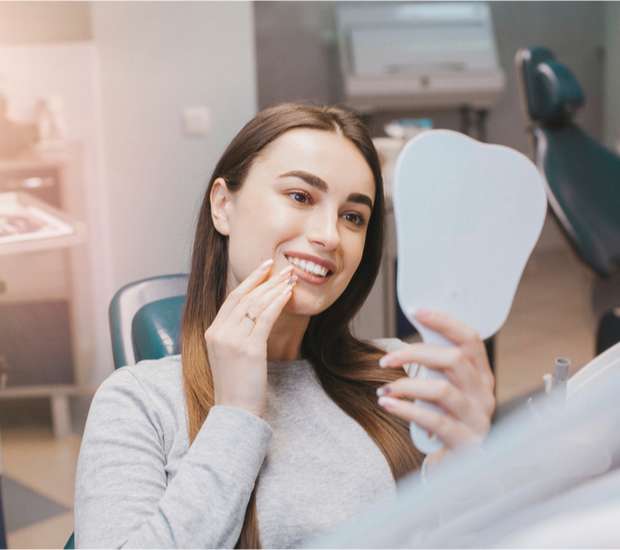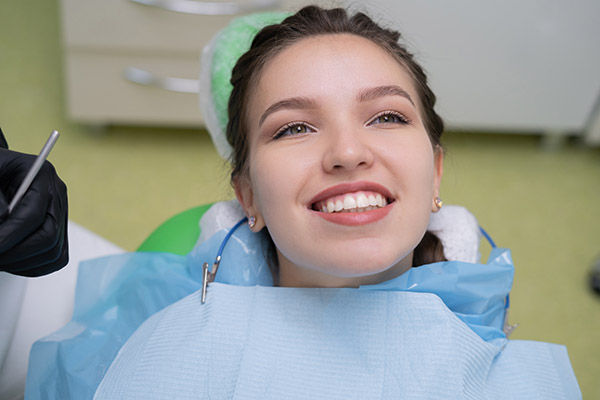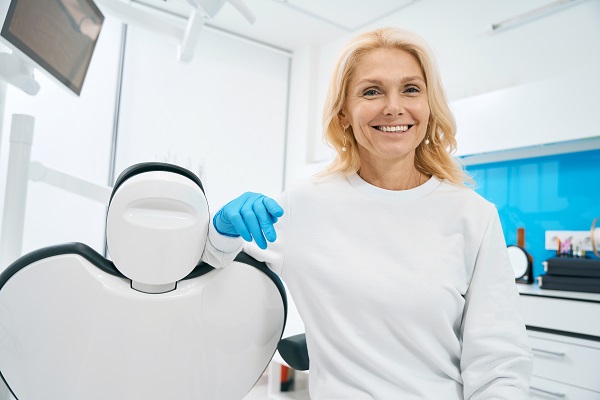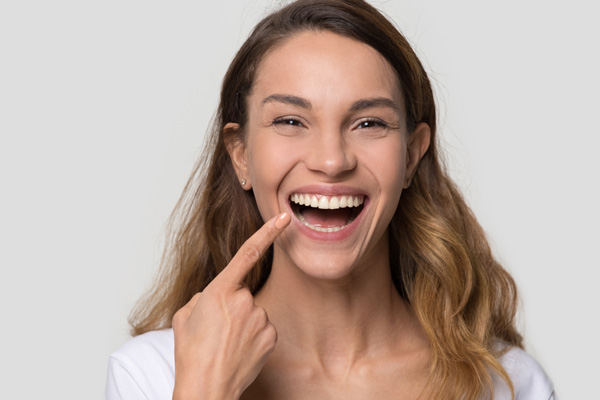After Care InstructionsGladstone, MO
Listed below are after care instructions for common treatments. We have included a link where you can click and download the instructions if you wish. If you have any questions or concerns about a treatment you just received please do not hesitate to contact us.
- Following Placement of Bonded Tooth-Colored Fillings
- Do NOT chew ice!
- Brush normally. Plaque must be removed daily. Floss teeth at least once daily.
- Have your teeth cleaned regularly. Be certain that your hygienist is aware of your bonded tooth or teeth and avoids using ultrasonic scaling on the bonded tooth surfaces.
- Make sure you are not grinding your teeth at night. If you are, we will need to construct a bite guard to avoid fracturing the bonding and to minimize damage to your bonded teeth as well as your temporomandibular joint (TMJ).
- Don’t bite your fingernails! The force of biting them can crack the bonding.
- Don’t pick at a newly bonded tooth with your fingernail. You could de-bond the restoration or shorten its lifespan. If you feel a rough edge with your tongue, we will refinish the edge.
- Don’t try your new teeth out too soon. Eat a soft diet for the first twenty-four hours. It generally takes about a day for the materials to harden and cure completely.
- To prevent staining, try to avoid or keep to a minimum your intake of coffee, tea, soy sauce, colas, grape juice, blueberries, fresh cherries, and do not smoke.
- To prevent fracture, avoid directly biting with bonded teeth into the following foods: ribs, bones, hard candy, apples, carrots, nuts, hard rolls, hard bread, bagels, or artichokes.
- Try to avoid sugar, because acids produced by sugar can attack the junction between tooth and restoration causing stains and premature loss of the bonded restoration.
If any unusual symptoms occur or if you have any questions regarding your post-treatment care, please call the office.
- Following Preparation for Crown and Bridge Treatment
- Your gums and teeth may be very tender after multiple crown preparations. To speed healing, dissolve one teaspoon of salt in an 8 oz. glass of warm water, alternately swishing and spitting until the glass is empty. Repeat this process two to three times a day.
- When brushing, use a soft bristled brush. Gently massage gums and teeth as instructed by your hygienist. Plaque must be removed daily to speed healing of the gum tissue.
- Massage gums with your finger to stimulate the tissue. The healthier your gums, the better your temporaries will feel.
- Avoid sticky foods (gum, taffy, caramels, etc.) chewing ice, nuts and hard candy.
- Floss your temporary crowns gently. Just clean and pull the floss out to the side so the temporary crown will not “pop” off.
- If the temporary crown should loosen or come off, please call the office as soon as possible to have it re-cemented. It is very important that temporary crowns stay in place while waiting for the permanent crown to be placed in your mouth, as they prevent the teeth from shifting. If the teeth shift, the permanent crowns may not fit correctly.
- If the nerve tissues inside your teeth were unhealthy before treatment, they may become symptomatic at this time. If the tooth does not settle down after the initial tenderness passes, please contact us.
- Hot food or beverages can be harmful to anesthetized tissue. Please avoid drinking hot coffee, etc., until the numbness wears off.
If any unusual symptoms occur or if you have any questions regarding your post-treatment care, please call the office.
- Care of Full or Partial Dentures
- Temporary Problems: Sore spots may develop after wearing your new denture. (Your dentist can adjust the denture to relieve the soreness.) Please contact us as soon as you can for treatment. Wear your denture for several hours before an adjustment appointment.
- When you first begin to wear your dentures, they may feel loose and tip when you chew. It is normal for some food debris to collect under dentures. Your new dentures may seem bulky, your tongue may feel crowded and you may experience an increase in salivary flow. All these sensations will disappear as you become accustomed to your teeth. You will need to learn to keep your dentures, especially the lower one, in place with the muscles of your cheeks and tongue. The quickest way to become confident and comfortable is to wear your dentures routinely and develop a positive attitude.
- Eating: While you are learning to eat with your new dentures, you should select soft foods. Take small bites, chew slowly straight up and down, and try to chew on both sides of your mouth at the same time. Avoid sticky or very hard foods initially. It may take 2-3 months for you to become accustomed to eating with your new dentures.
- Speaking: Reading aloud will soon help you to talk better with your dentures. If the teeth click together while you are talking, practice speaking more slowly.
- Cleaning: Dentures, like natural teeth, must be kept clean to avoid permanent staining and bad breath. Once a day, all the surfaces of your dentures should be thoroughly but gently brushed with a dentifrice. Always clean dentures over a basin partially filled with water to help prevent breakage in case you accidentally drop them. Brush your gums with a toothbrush and toothpaste prior to going to bed. Leave your dentures out at night to give the gums a chance to rest. Always store your dentures in water or denture cleaning solution to prevent distortion or warping.
- Adjustments: DO NOT ADJUST THEM YOURSELF! Do-it-yourself reline kits and home adjustments can cause irritation to the gums and other tissues of the mouth. Constant irritation can lead to open sores and possibly contribute to the development of oral cancer.
- If your dentures do not seem to fit right or have been damaged, you should see us as soon as possible. It is a good idea to return for an oral cancer examination at least once a year. Mouth changes do occur and adjustments will be needed from time to time.
If any unusual symptoms occur or if you have any questions regarding your denture care, please call the office.
- Proper Homecare Following Periodontal Therapy
- Tenderness is normal. To reduce tenderness and promote healing, rinse with warm salt water ( ½ teaspoon salt to a 4 ounce glass of warm water) 3-4 times per day for three days.
- Ibuprofen (Advil or Nuprin) or Tylenol may be used as directed on the bottle for discomfort.
- Tooth sensitivity is normal and temporary. You may use a desensitizing toothpaste, such as Sensodyne, for sensitivity relief.
- You may also gently massage your gums. This will increase circulation and promote healing.
- Brush the gum line gently, as you’ve been shown, with a soft toothbrush at least two times daily. You may notice bleeding of the gums as you brush and floss. This symptom should gradually diminish in about a week.
- Floss, as you’ve been shown, at least once daily.
- Regular periodontal maintenance (cleaning) and examination appointments are critical to improving your oral health.
The more time you spend on the care of your teeth and gums, the faster you’ll improve your periodontal health. If you have any questions, please don’t hesitate to call our office.
- Occlusal Appliance (Splint) Therapy
- Your occlusal appliance is a diagnostic, reprogramming, and relaxing appliance that Dr. Platt or Dr. Dale may suggest if there are indications of issues with your bite (the way your teeth fit together).
- The occlusal appliance has been shown to help 70%-90% of the people with your problem, however, you must remember that the appliance only sets up the conditions for healing, and that the body must heal and repair itself. In some cases the symptoms may temporarily worsen. The degree of healing and repair are individual and the relief of symptoms will vary.
- You will be instructed to wear the appliance: 1) only at night or 2) 24 hours a day. You will notice when you first remove the appliance from your mouth for eating or cleaning, that the teeth will contact differently. This is because of the muscle relaxation and the improved seating of your jaw joints. The teeth act as interferences with this new path of jaw closure. When you remove your splint to eat, the jaw muscles will quickly adapt and return to the original path of closure dictated by your teeth.
- Always remove the appliance to eat. Cut all food into small, bite sized pieces and avoid opening your mouth any wider than the thickness of your thumb.
- Do not eat hard crusts of bread, tough meat, raw vegetables, or other foods that will require prolonged, vigorous chewing.
- Do not clench your teeth with or without your appliance. Remember to keep your “lips together and your teeth apart”.
- Follow-up appointments will be scheduled to modify your appliance as your muscles and jaw joints relax. As this occurs it feels like the splint does not fit correctly. This is normal and will be corrected at the follow-up appointments.
- Clean your occlusal appliance at least daily with a toothbrush and hand soap. When your appliance is not worn, keep it dry in the case provided.
- After occlusal appliance therapy, additional treatment may be required such as occlusal equilibration, orthodontics, and/or restorative dentistry. Consultation as to what additional treatment and fees will be given at the time should the need arise.
- Professional care is required while you are receiving occlusal appliance treatment. If, for some reason, you are not receiving this care, you should not wear your appliance.
- Dogs and cats love to chew up dental appliances. Keep your pets away from your splint- it is too expensive to be a chew toy.
If you experience pain while wearing your appliance, discontinue use and contact our office as soon as possible.
- Instructions to Patients Following Oral Surgery
- Close and keep pressure on gauze pack for 1 hour. If heavy bleeding persists, fold the gauze into a firm wad and place it directly on the bleeding area. Maintain firm pressure by biting for 20 minutes. The gauze may be substituted by a wet tea bag. The acids in the tea have a clotting effect. It is normal for saliva to have light streaks of blood for a day.
- Keep fingers and tongue away from the operated area. While your mouth is numb, be careful not to bite your cheek, lip or tongue. The numbness should subside within a few hours (call if it does not). Limit strenuous activity for 24 hours after the surgery.
- Do not rinse your mouth for the first 24 hours, although it is permissible to drink cold or lukewarm liquids. Smoking should be avoided for 24 hours. After 24 hours, rinse your mouth gently with a solution of ½ tablespoon of salt in a glass of warm water. Continue the rinses for a few days.
- Cold or lukewarm liquids may be taken for the first 4-6 hours. After this, maintain a healthy diet of soft food for a day. No hot liquids such as soup, tea, or coffee in the first 24 hours. No carbonated liquids (coke, sprite or any soft drinks). Do not drink through a straw.
- Swelling and discoloration may be expected in the area, usually reaching its maximum, two days after surgery. It will disappear gradually and is no cause for concern. Icepacks may be applied for the first 4-6 hours only by alternating 20 minutes on, and then 20 minutes off.
- If you have any discomfort, take whatever you normally take for a headache every few hours. If necessary, the doctor will prescribe stronger medication for you.
- Sutures (stitches) if required are self-dissolving. They will loosen and fall out in 3-5 days.
- Continue to brush thoroughly twice a day and floss daily. The tongue should also be brushed. Following an extraction, avoid cleaning the teeth next to the healing tooth socket.
- If pain begins to intensify after days of initial improvement, you may have a dry socket. Call the office to see if a dressing needs to be placed.
Do not hesitate to call the office if you have any questions.
- Proper Homecare Following Splint Therapy
A bite splint is a removable appliance, or orthotic device, that has a number of uses. It can be used both as a diagnostic tool and for therapeutic treatment. It allows both the doctor and the patient an opportunity to learn what is causing the symptoms, relieve discomfort, and help decide what, if anything, should be done next.
- By separating the teeth and properly aligning the jaw joints, the splint can decrease clenching and grinding and the ensuing pain and dysfunction.
- With precise adjustment, we can simulate a “perfect bite” in the acrylic of the splint. We can then determine what influence the teeth contacts have on the pain and dysfunction of the joints, disc and muscles. This information is used to confirm and refine the diagnosis for the patient. Usually we are able to learn what we need to know within the first 30 days of treatment.
- Once the best position of the TM joint in the socket is established, a determination of proper and appropriate further treatment can be made. This could include reshaping the tops of the teeth to attain harmony between the tooth contacts and the jaw position (equilibration). Additional treatment could include orthodontic treatment, surgery to reposition the teeth and jaws, restoring the teeth to establish an appropriate bite and/or continued bite splint therapy.
- Once the best position of the TM joint in the socket is established, a determination of proper and appropriate further treatment can be made. This could include reshaping the tops of the teeth to attain harmony between the tooth contacts and the jaw position (equilibration). Additional treatment could include orthodontic treatment, surgery to reposition the teeth and jaws, restoring the teeth to establish an appropriate bite and/or continued bite splint therapy.
The plastic in the appliance itself costs very little, what you are paying for is the considerable time, experience, care, skill and judgment necessary to obtain a diagnosis. One significant advantage of using a splint is that it is completely reversible-just remove the splint and you are back to square one! Most people who have worn a splint, though, would not consider giving up the improvement in the level of comfort that they have achieved.
“Only the best…Dr. Gregory Dale is an outstanding dentist. Highly recommended.”
We appreciate any and all feedback from our patients. Please click the links below to view more patient comments and leave a few words of your own: DemandForce.com or Google.com





